PETTICOATS & BLOOMERS
Petticoats are an underskirt for women which first appeared in the 15th century. The word comes from the Old French "petite cote" ('little coat.') From the early part of the nineteenth century until the 1850's women tended to wear numerous petticoats tied together to display the fullness of their skirts. Around 1850 women largely gave up the petticoat in favor of the more comfortable bloomers or the less comfortable although more fashionable crinolines.
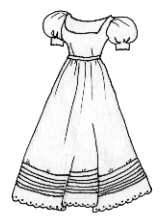
Print, Mary Zeitz
"Victorian Petticoats"

This ruffled petticoat has "stiffened puffed sleeves. . . a raised waist, under-bodice, and full trim. . . ."
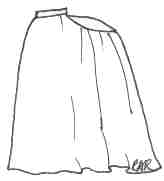
This "over the bustle" petticoat would have been substituted for crinolines as late as 1900 (and still available for sale over the internet for 200 dollar) at www.costumegallery.com
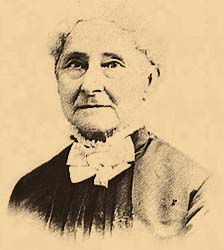
Ameila Bloomer, the feminist publisher of the monthly temperance paper "the Lily" popularized the Turkish pantaloon pants and knee length skirt which carries her name: "the bloomers." (Although they were first pioneered in America by her associate Elizabeth Smith Miller.) The bloomers gained respectability in 1849-50, and, in the form of less restrictive dress brought an important and practical victory to the early feminist movement.
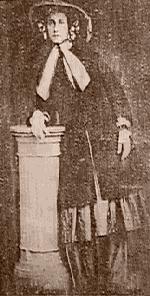
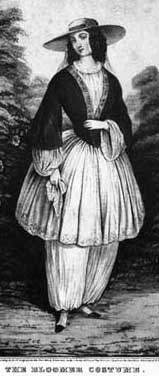
Picture-Print from Courier and Ives, 1958.
The first female (presumably this means the first upper class white female) to climb Pike's Peak was Julia Archibald, who did so in bloomers in 1858.

Hannah Keziah Clapp of Mormon Nevada wrote in 1859 caused "something equivalent to a major earthquake" (Stein, Fatout, 365) when she wore her bloomers and low heeled slippers to a church meeting.

"Woman Wearing Bloomers"
Lithograph on a music cover by P.S. Duval c. 1850
Library of Congress
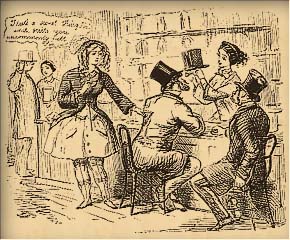
The introduction of the bloomers brought ridicule from both men and women. Women wearing bloomers were initially subject to rejection and labled "brazen." They were seen to be subverting the traditional male sphere (as in this cartoon).
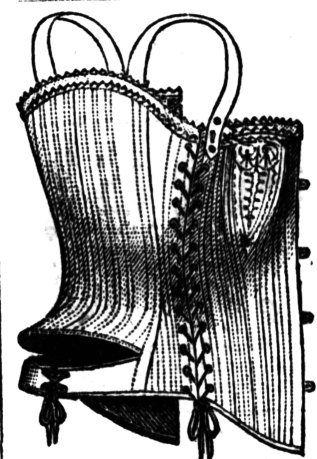

Crinolines --------->
<------- The Corset